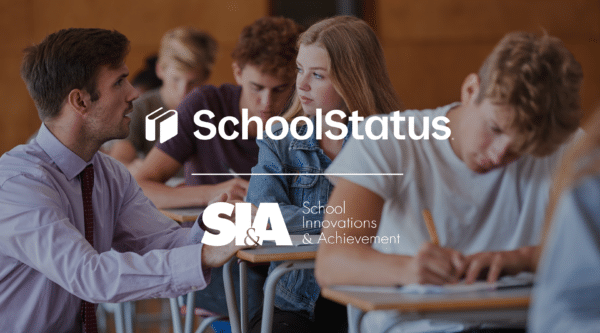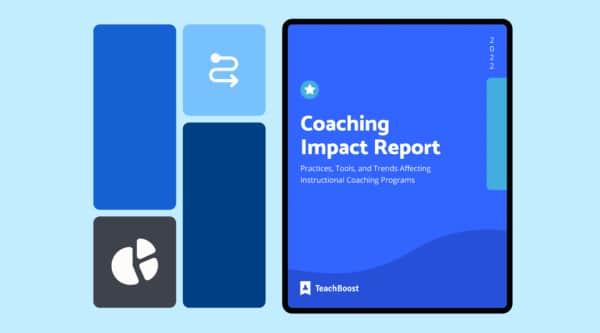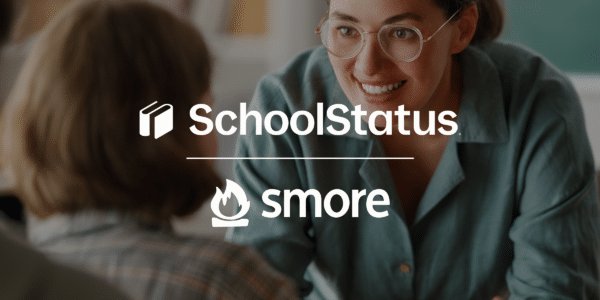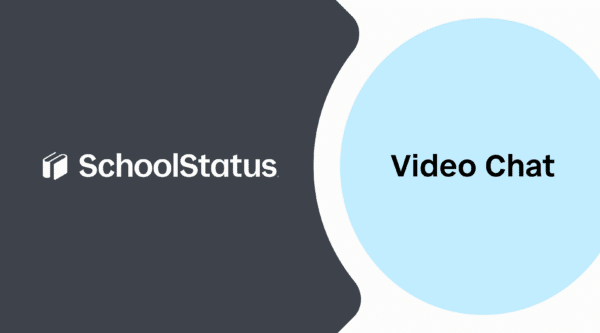


Tonya Moody, Instructional Coach in Westfield Washington School District in Indiana, highlights her experiences of using video to advance professional learning, create meaningful reflections for growth, and model best practices for teachers.
For more posts from instructional coaches, for instructional coaches, please check out our recent posts from the TeachBoost series, “Your Coaching Toolbox,” or read previous posts from the chapter, “First Year As a Coach.”
{{cta(’34b13594-505a-497a-8a75-16ae35acf14d’)}}
L
ast year, I embarked on a journey as a classroom teacher to begin my National Board Certification. This meant using video reflection as a way to capture and evaluate my teaching. What started as a something I had to do, slowly became something I wanted to do in order to improve as a teacher. Video recording myself was difficult and extremely uncomfortable, but was a part of my daily reflection on how my teaching was impacting my students. Comfort only came after a lengthy process of recording myself daily.
Over time, I was no longer bothered or uncomfortable by the sound of my voice and seeing myself on screen, and I was able to focus on the goals of my lessons and level of engagement in my students. Through the process of video reflection, I gained knowledge on my strengths/weaknesses and my pedagogy improved by making student-centered learning my focus.
Fast forward a year and I am now in a new position as an instructional coach. My emphasis on video reflection is still there and I realize that my new role can still benefit from video in new and exciting ways. The importance of modeling discomfort and risk has only increased in my new position. As an instructional coach I am building a culture that thrives in risk taking and learning from one another. Video reflection is a tool to increase that culture and I must encourage coaches and teachers to take the journey with video reflection and become comfortable being so vulnerable.
Vulnerable to Venerable: Video’s Role in Building Wisdom Through Discomfort
“Staying vulnerable is a risk we have to take if we want to experience connection.” -Brene Brown
Taking the journey with video reflection will prove to have many benefits and modeling vulnerability can have lasting impact on a school’s culture. Your willingness to take risks and walk through the discomfort can improve your own instruction, encourage your colleagues to do the same, and create a culture where we celebrate stepping outside of our comfort zones. Video reflection requires an instructional coach to take a few small steps that will have lasting effects.
Going from vulnerable to venerable with video takes time but can be achieved in a few fairly consistent steps:
- Step 1: Begin by just pushing the record button
- Step 2: Start watching yourself for a purpose
- Step 3: Analyze your video recordings to intentionally improve your coaching
- Step 4: Advocate that others also use video reflection
Simply getting started, repeating these steps, and just engaging with video can give immediate benefits, particularly with increasing your own comfort level with video at all. Once you feel comfortable watching yourself and even having others watch and share feedback, you set the stage for a wonderful avenue for growth in your teaching practice.
Professional Learning Through Video Reflection
There are several such areas where video reflection is a powerful tool for growth, for instance. Ultimately, it will serve to help create goals for any instructional coach, model vulnerability, and motivate the teachers in their building to step outside their comfort zone and try it also.
The following are three ways that an instructional coach can use video reflection to further their own learning, as well as that of their colleagues:
1) Modeling Lessons
A great way to encourage teachers to try video reflection is by trying it in their classrooms. After taping the lesson that you have modeled, take the time to reflect on your instruction with that classroom teacher. Use evidence from the video to demonstrate effective teaching while also taking the chance to analyze opportunity for growth.
2) Leading Teams
Coaching teams is a crucial component of being an instructional coach. As Elena Aguilar states, “a coach helps build the capacity of others by facilitating their learning.” Using video to watch your facilitation can lead to great reflection on the amount of wait time you are giving, the type of questions you are asking, and most importantly, your quality of facilitating great learning.
“When we strive to become better than we are, everything around us becomes better too.” —Paulo Coelho
3) Coaching Conversations
Great conversations don’t magically happen on their own, they take practice and reflection on how you behave in a conversation. Video allows us to monitor our communication skills. Great coaching conversations involve a lot of listening and expertise questioning to help facilitate development of thought. Using video gives Instructional Coaches the opportunity to reflect on their skills and then practice in order to get better and create more meaningful conversations with the teachers you are coaching.
Wrapping Up
Without video reflection, we are making assumptions on what we believe is happening in our coaching. By using video reflection, we are using concrete evidence to grow our knowledge. Instructional coaches should get outside their comfort zones and grow from vulnerable to venerable and then encourage others to do the same!
About our Guest Blogger
Tonya Moody is a first year Instructional Coach in Westfield Washington School District in central Indiana and has over ten years of teaching experience. The 2017-18 school year is the first year for Instructional Coaching in Westfield Washington Schools and building a strong Instructional Coaching team that supports teachers is her number one priority. Prior to coaching, she taught Kindergarten, Second grade, and was a Reading Specialist and Literacy Coach. She has a passion for encouraging her colleagues and collaborating with fellow educators. Tonya loves growing her PLN on Twitter and would love to connect with you!
Follow Tonya on Twitter: @MrsMoodyIC
{{cta(‘352a410e-db79-4f33-a482-d301e8041965′,’justifycenter’)}}
Stay Connected
News, articles, and tips for meeting your district's goals - delivered to your inbox.








